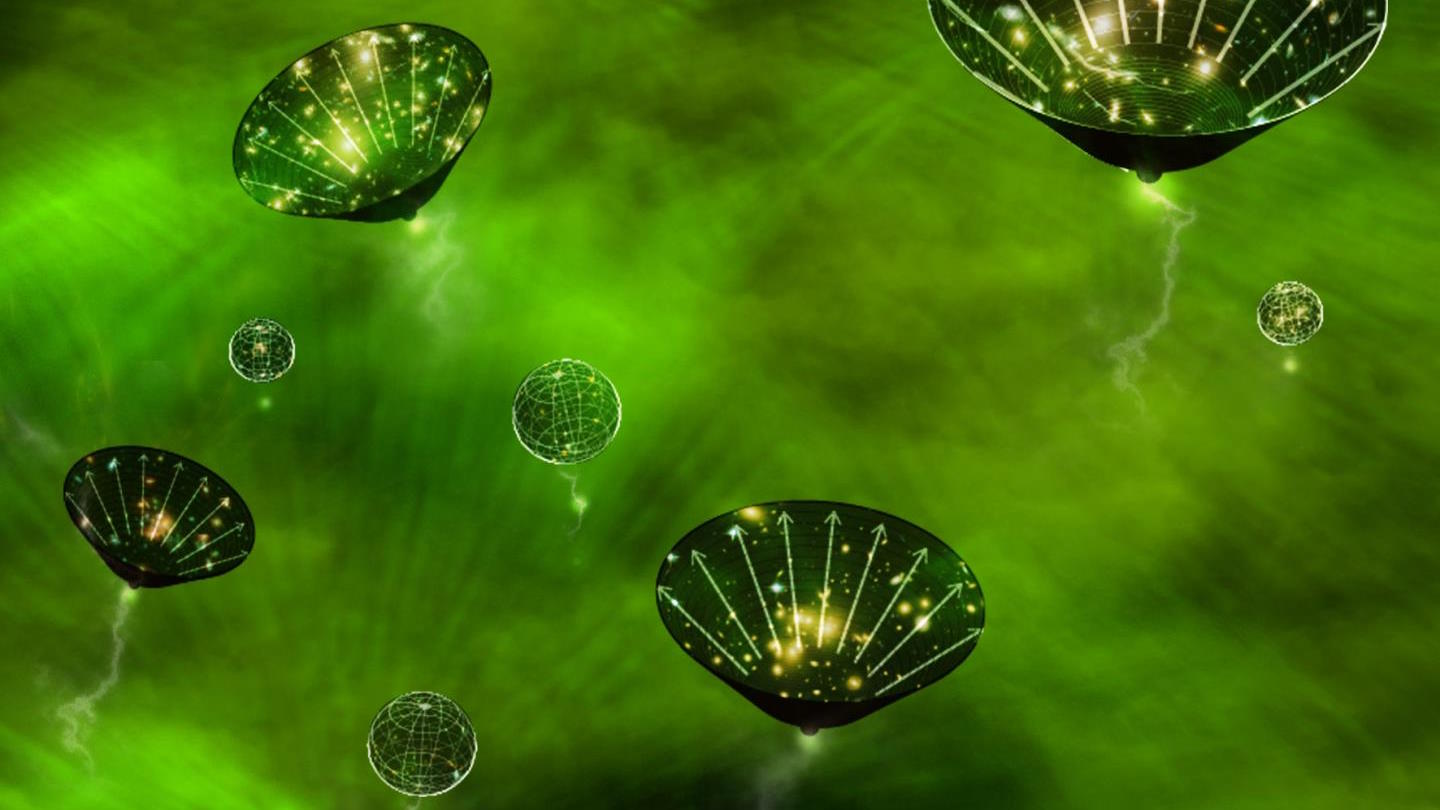Co-Director of Harvard Stem Cell Institute David Scadden reveals how 1960s research into surviving radiation stumbled upon stem cells.
Question: What are the therapeutic and diagnostic uses of stem cells?
David Scadden: The use of stem cells in medicine is still actually very limited. So we know a lot about the cells, we know that they can be extraordinarily powerful as therapy. But the uses of them still are very limited.
So we learned about stem cells as a defined entity in humans about fifty years ago. And that was work that was done really in the Cold War era. And in an effort to try to understand how you might be able to survive a radiation injury. That work actually led to some early studies on animals, that first defined that there is such a thing as a stem cell in an adult animal. It was hypothesized the same as exist in humans because some people had survived radiation injury, places like Hiroshima and Nagasaki. And that actually led them very quickly turned into an effort to use those stem cells as a sort of a bone marrow transplant. That work has now been going on for over four decades and has been a very powerful tool to treat people with blood diseases and cancer.
So stem cell transplant is actually not a new concept. Stem cell therapy is not a new concept. What is new is that this was thought to be something that was rather a curiosity of the blood. And that clearly isn’t the case. We now know that the blood is one of many tissues that has stem cells, and so the idea that the success that’s been achieved in the blood system might apply to these other tissues. Now it’s something that has really opened a door on the idea of stem cells as a source of therapy of replenishment. We know the blood stem cell can completely restore the entire blood immune system. Well, if you could do that in other tissues that are injured, that would be of course tremendously powerful.
So, that has really spawned this great enthusiasm and interest in pursuing these other applications of stem cells. That concept has largely been one of trying to replace, damaged cells. The idea of using a stem cell as a replacement part, that’s a very easy concept for people to grasp. It’s of course very complicated in other tissue types and so that is actually very narrow way to use stem cells. I think one of the other interesting aspects of stem cells is that they have an opportunity to have an impact on Medicine. That’s very different than this idea of just the replacement part.
Recorded on: July 06, 2009





